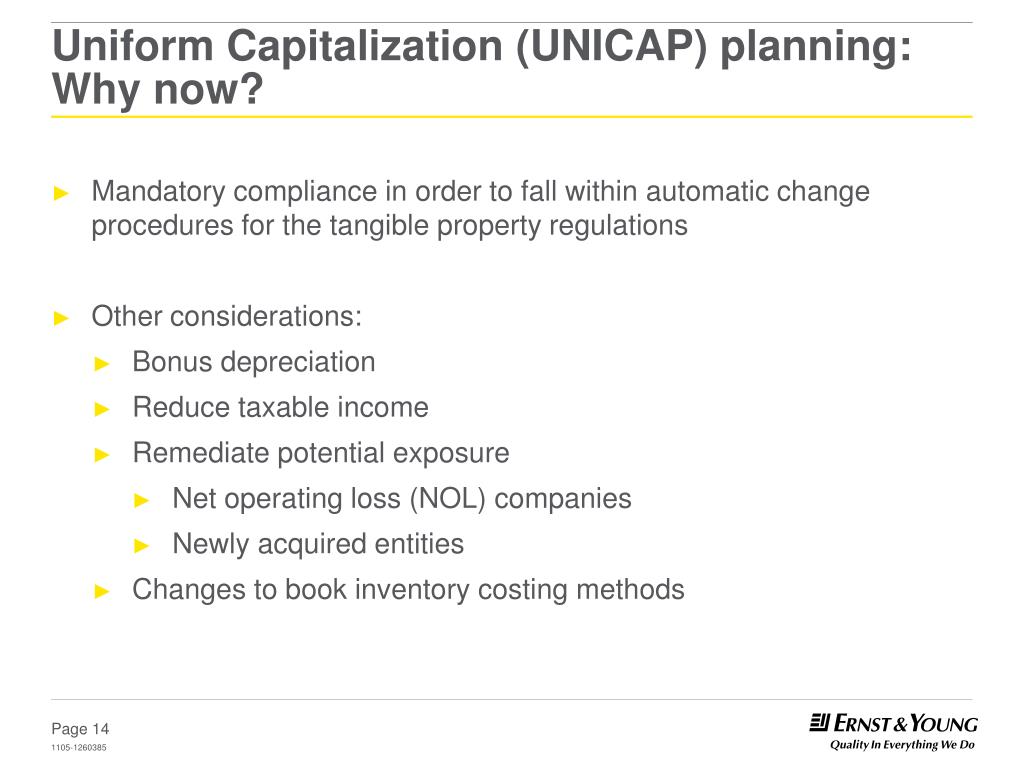

Bona fide selling price means actual offering of goods during a period ending not later than 30 days after inventory date. (For inventories by dealers in securities, see § 1.471-5.) Any goods in an inventory which are unsalable at normal prices or unusable in the normal way because of damage, imperfections, shop wear, changes of style, odd or broken lots, or other similar causes, including second-hand goods taken in exchange, should be valued at bona fide selling prices less direct cost of disposition, whether subparagraph (1) or (2) of this paragraph is used, or if such goods consist of raw materials or partly finished goods held for use or consumption, they shall be valued upon a reasonable basis, taking into consideration the usability and the condition of the goods, but in no case shall such value be less than the scrap value. (c) The bases of valuation most commonly used by business concerns and which meet the requirements of section 471 are (1) cost and (2) cost or market, whichever is lower. In order to clearly reflect income, the inventory practice of a taxpayer should be consistent from year to year, and greater weight is to be given to consistency than to any particular method of inventorying or basis of valuation so long as the method or basis used is in accord with §§ 1.471-1 through 1.471-11. (b) It follows, therefore, that inventory rules cannot be uniform but must give effect to trade customs which come within the scope of the best accounting practice in the particular trade or business.

(1) It must conform as nearly as may be to the best accounting practice in the trade or business, and (a) Section 471 provides two tests to which each inventory must conform:


 0 kommentar(er)
0 kommentar(er)
